Life
Sign up for our newsletter
We summarize the week's scientific breakthroughs every Thursday.
-
 Health & Medicine
Health & MedicineHow your DNA may affect whether you get COVID-19 or become gravely ill
A study of 45,000 people links 13 genetic variants to higher COVID-19 risks, including a link between blood type and infection and a newfound tie between FOXP4 and severe disease.
-
 Health & Medicine
Health & MedicineHow Hans Berger’s quest for telepathy spurred modern brain science
In the 1920s, psychiatrist Hans Berger invented EEG and discovered brain waves — though not long-range signals.
-
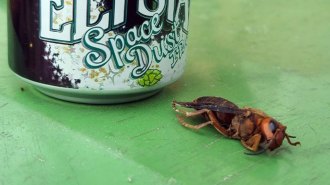 Animals
AnimalsFocusing on Asian giant hornets distorts the view of invasive species
2021’s first “murder hornet” is yet another arrival. This is the not-so-new normal.
By Susan Milius -
 Paleontology
PaleontologyFossilized dung from a dinosaur ancestor yields a new beetle species
Whole beetles preserved in fossilized poo suggest that ancient droppings may deserve a closer look.
By Nikk Ogasa -
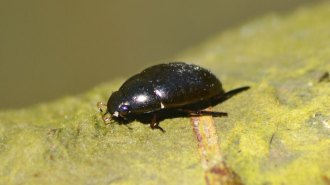 Animals
AnimalsThese beetles walk on water, upside down, underneath the surface
Many insects can skate atop the water’s surface thanks to water tension, but one beetle can apparently tread along the underside of this boundary.
By Jake Buehler -
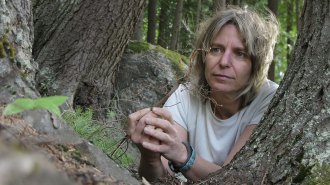 Science & Society
Science & SocietyAn ecologist’s new book gets at the root of trees’ social lives
In ‘Finding the Mother Tree,’ Suzanne Simard recounts how she discovered hidden networks in forests.
-
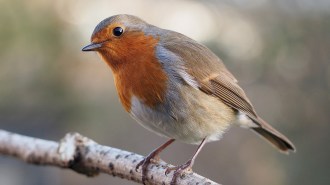 Animals
AnimalsA proposed ‘quantum compass’ for songbirds just got more plausible
Quantum physics could be behind birds’ magnetic sense of direction, new measurements indicate.
-
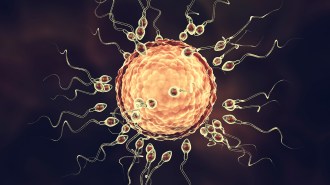 Genetics
GeneticsEmbryos appear to reverse their biological clock early in development
A new study suggests that the biological age of both mouse and human embryos resets during development.
-
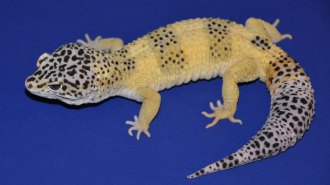 Animals
AnimalsHow a gecko named Mr. Frosty could help shed new light on skin cancer
The distinctive coloring and skin tumors of a type of gecko called Lemon Frost have been pegged to a gene implicated in human skin cancer.
-
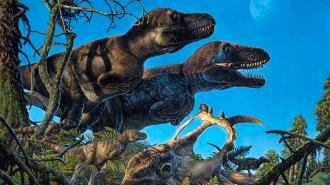 Paleontology
PaleontologyFor some dinosaurs, the Arctic may have been a great place to raise a family
Fossils of baby dinosaur remains found in northern Alaska challenge the idea that some dinosaurs spent only summers in the Arctic.
By Nikk Ogasa -
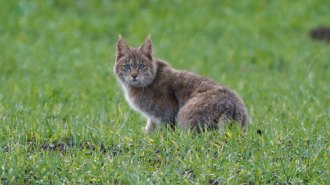 Animals
AnimalsChinese mountain cats swap DNA with domestic cats, but aren’t their ancestors
DNA suggests little-studied Chinese mountain cats have been rendezvousing with pet cats on the Qinghai-Tibetan Plateau since the 1950s.
-
 Animals
Animals‘Fathom’ seeks to unravel humpback whales’ soulful songs
The film ‘Fathom’ on Apple TV+ follows the quest of researchers on the ocean’s surface to decipher the eerie symphony of humpback whale calls below.
By Jake Buehler